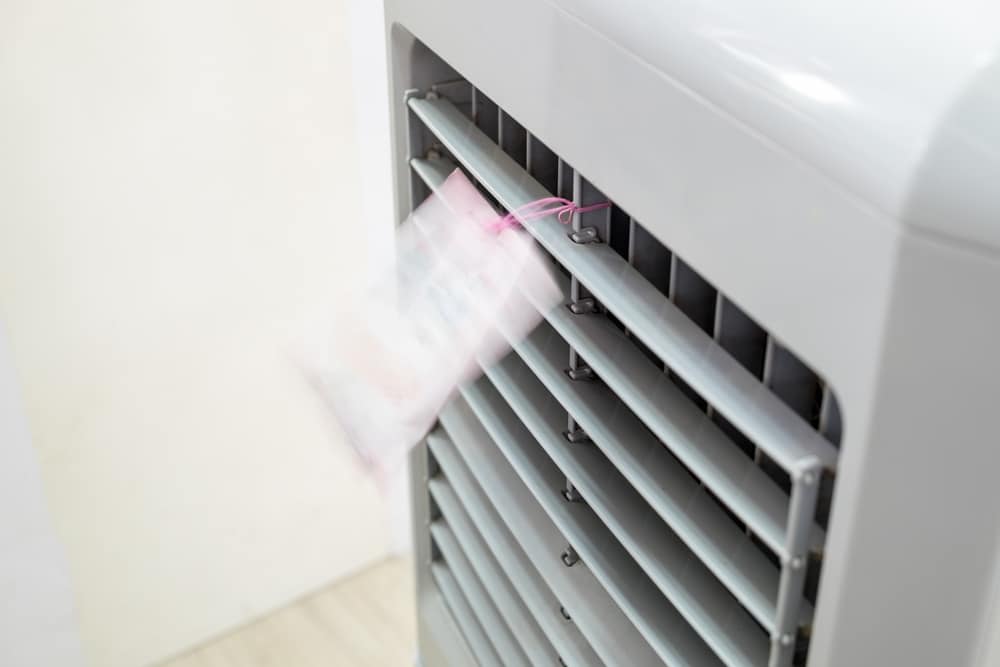
There are multiple cooling methods available, and one of the most well-known and heavily used in both temporary and permanent applications is evaporative cooling. Evaporative cooling differs in a few major ways from traditional air conditioning and may be advantageous for a number of different areas or settings depending on the specific need.
At 1 Source Portable Air, we offer a huge range of portable AC and cooling rentals, including evaporative coolers. Here are some basics on how evaporative coolers differ from other kinds of cooling, the kinds of climates or settings where evaporative coolers can be most effective, and some other important pieces of information to consider.
The most common type of air conditioning utilizes a refrigerant system. In its simplest form, warm air is pulled into the unit and absorbed into the refrigerant before being exhausted away from the desired area. At the same time, the cool air is distributed back into the desired area.
Evaporative cooling works differently; instead of releasing already cooled air, evaporative coolers use water-dampened pads to cool the incoming hot air before it is released. The air is moved through these pads, evaporated, and then cooled before being pushed back into the desired area by the cooler’s fan. The resultant air is moist, so access to a source of fresh air is critical for evaporative coolers; opening a door or window exhausts the warm, moist air from the area, while the cool air circulates inside.
As you may have realized while reading the section above, the key practical difference between evaporative coolers and traditional air conditioners is that evaporative coolers actually add moisture and humidity to the air as it’s blown out. This air is then circulated back into the desired area, leading to an overall cooling effect.
Air conditioners, on the other hand, remove moisture and humidity from the air as they cool it, resulting in a dry environment.
Maintenance requirements should be taken into consideration when weighing the use of evaporative coolers over traditional air conditioners. Although both types of cooling systems require general upkeep like filter changes and monitoring the condition of ducts and hoses, evaporative coolers generally require more regular maintenance in order to function properly.
The answer to this question will depend on your specific application, climate, and usage needs. Generally speaking, evaporative cooling works best in hot climates where humidity levels are relatively low (under 60%); this is because adding more humidity to an already humid environment won't have much of an effect. For the most part, environments with high humidity will almost always see greater benefits from traditional air conditioners. If your environment is below the 60% humidity level, you have more flexibility when it comes to choosing a cooling method. Evaporative coolers, however, tend to be more energy efficient and cost effective than traditional air conditioners, so if you're looking for a budget friendly option, this may be the right choice for you.
In some cases, one cooling type might be better than another. Renting your cooling equipment allows you to consult with trained experts on which system would best meet your application needs. You’ll also have access to the company’s entire fleet of cooling solutions, allowing you to mix and match different equipment types and quickly swap out units, if needed. An equipment rental provider will also ensure all units are properly maintained and serviced, relieving potential headaches due to equipment failure.
At 1 Source Portable Air, we have a variety of rental options to choose from, including portable evaporative coolers and traditional air conditioning units. We can help you find the best fit for your setting, so contact us today to learn more about our available rentals!